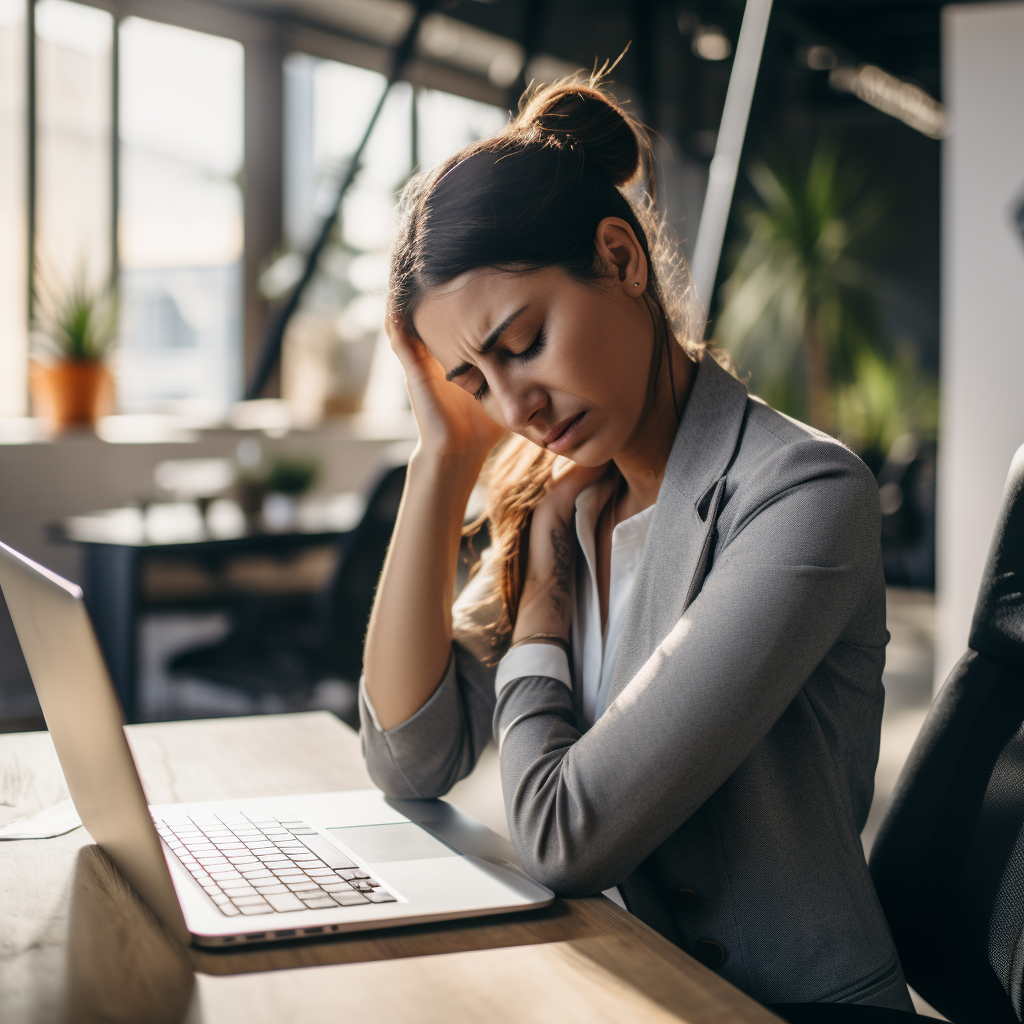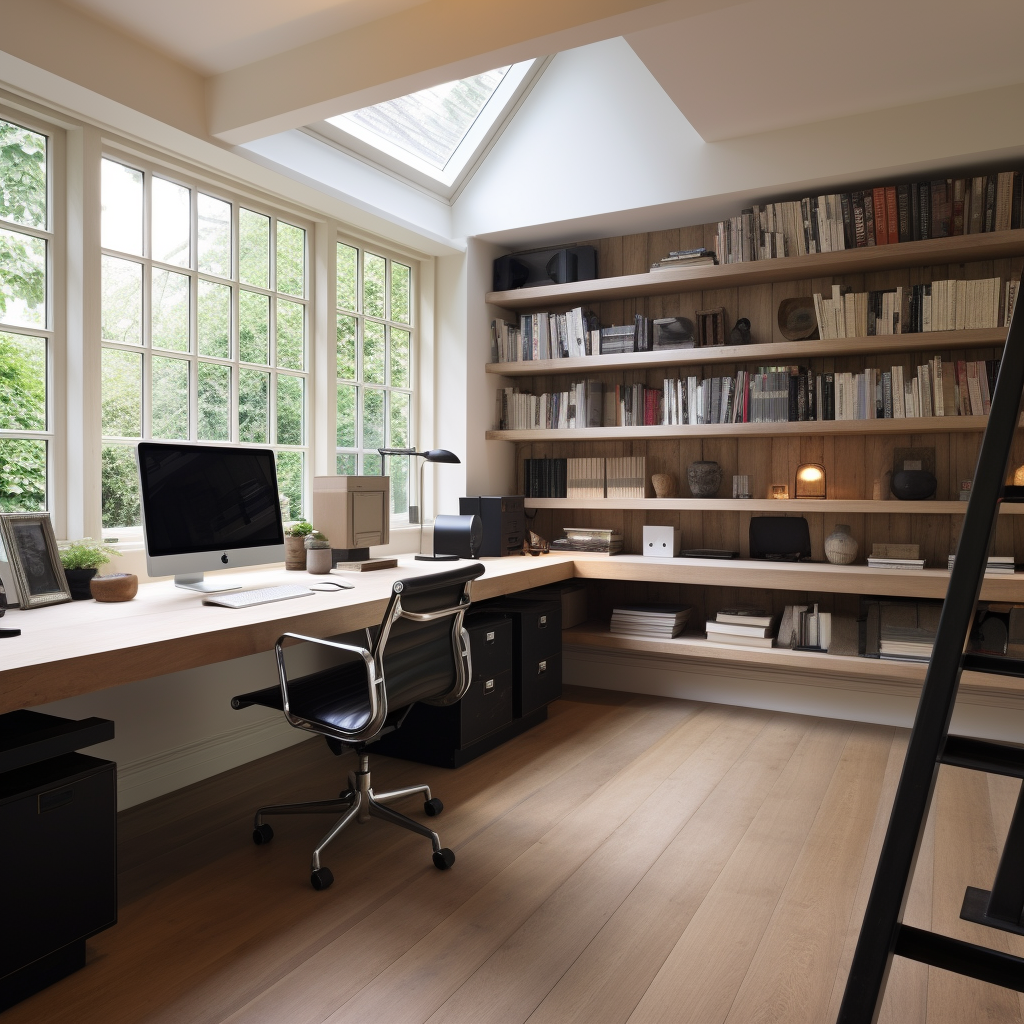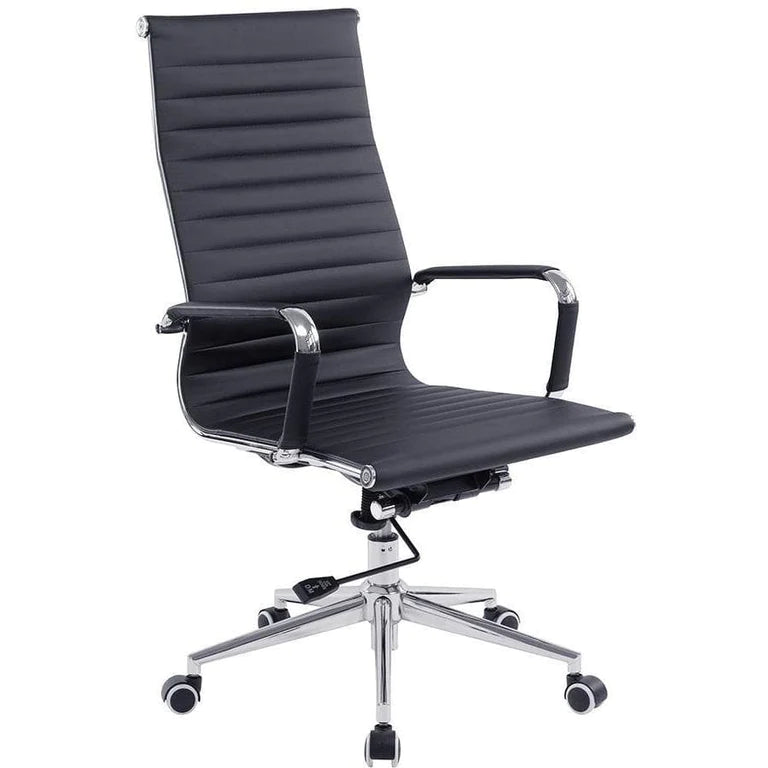
Ergonomics in the Meeting Room: Why It Matters

Introduction
In the corporate world, the conference room is more than just a space for meetings; it's a hub for decision-making, brainstorming, and collaboration. However, the effectiveness of these interactions doesn't solely depend on the agenda or the participants. The physical environment, particularly the ergonomic design of the furniture, plays a crucial role. This article explores why ergonomic furniture is vital in conference rooms and how it can significantly enhance meeting engagement and comfort.
The Essence of Ergonomics in the Conference Room
Ergonomics, the science of designing the workplace to fit the user, is not just limited to individual workstations. Its principles are equally important in shared spaces like conference rooms. Ergonomically designed furniture takes into account the varied physical needs and comfort of different users, promoting a healthier and more inclusive meeting environment.
Impact on Health and Comfort
Long meetings can be physically taxing. Traditional, non-ergonomic furniture can lead to discomfort, fatigue, and even pain, which are not conducive to productivity or creativity. Ergonomic chairs with proper lumbar support, adjustable heights, and tilt functions allow attendees to sit comfortably for extended periods. Similarly, ergonomic tables at the right height ensure a comfortable reach and viewing angle for all attendees.
Enhancing Engagement and Participation
Comfortable participants are more likely to be engaged. When attendees are not distracted by discomfort, they can focus better on the discussion at hand. Ergonomic furniture fosters a more active and participative meeting environment. Chairs that encourage good posture and tables that facilitate easy interaction make it easier for attendees to stay mentally present and contribute effectively.

Adapting to Technology
Today's conference rooms are often equipped with various technological tools. Ergonomic furniture can be integrated with technology to enhance functionality. For instance, tables designed to accommodate laptops, projectors, and video conferencing equipment can make virtual meetings more seamless and productive.
Design for All
Ergonomics is also about inclusivity. Meeting rooms are used by people of different heights, body types, and abilities. Ergonomic furniture can be adjusted to suit various needs, ensuring that every participant, regardless of their physical attributes, feels accommodated and valued.
The Aesthetic Advantage
Ergonomic furniture does not have to be stark or purely functional; it can also be aesthetically pleasing. Modern ergonomic designs are available in various styles and materials, allowing companies to create conference spaces that are not only comfortable but also visually appealing and aligned with their brand image.
Conclusion
In conclusion, the significance of ergonomics in the meeting room cannot be overstated. It is a key factor in creating a productive, inclusive, and comfortable meeting environment. By investing in ergonomic furniture, companies can ensure their conference rooms are not just spaces for gathering but are also catalysts for health, engagement, and efficiency.









